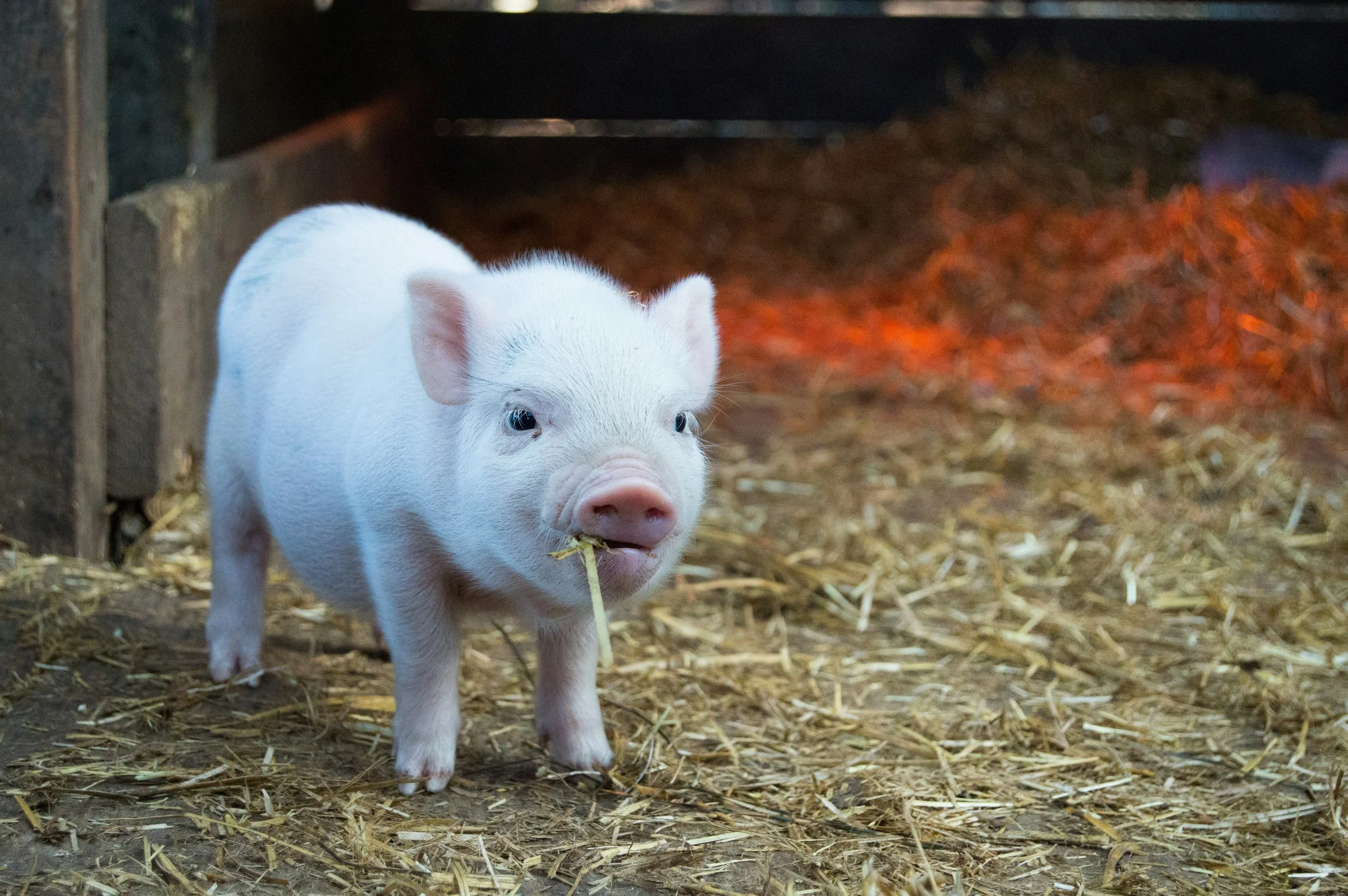By: Sam Reinhardt, Staff Member
The Texas Racing Commission recently sustained a setback in its efforts to implement Instant Racing machines at the state’s racetracks. Last November, Travis County District Judge Lora Livingston ruled that the Texas Racing Commission lacked the authority to allow the installation of historical racing machines at Texas racetracks.[i] Livingston’s ruling came just months after the Texas Racing Commission amended its rules to allow Instant Racing machines at Texas horse and dog tracks.[ii]
The lawsuit challenging the Racing Commission’s efforts was brought by a coalition representing charitable bingo halls. [iii] Opponents of Instant Racing fear that this form of gambling would make the charitable bingo halls virtually extinct.[iv] As noted by Steve Bresnen, a spokesman for the coalition, “Had these slot machines been allowed to be implemented bingo would have been devastated.”[v]
However, proponents of this new form of gambling view this as a way to revive the struggling horse racing industry and compete with out-of-state tracks that offer casinos.[vi] It comes as no surprise to learn that Judge Livingston’s ruling disappointed those in favor of Instant Racing. Sam Houston Race Park CEO Andrea Young stated, “Today’s decision is a blow to the Texas horse industry and to the thousands of hardworking horse men and women.”[vii]
In a general sense, Instant Racing is a form of wagering in which the bettor wagers on a horse race that was previously run at an approved racing facility.[viii] Bettors insert money into the Instant Racing terminal and then select a horse identified by a number.[ix] Bettors are not given the time, place, or identity of the horse and are instead restricted to “minimal statistical data.”[x]
Texas isn’t the only state currently entangled in Instant Racing litigation, as Nebraska, Kentucky, Wyoming, and Oregon are all awaiting final orders from their respective courts as to whether this method of gambling is permitted.[xi] In a ruling that contrasts with the Texas District Court, the Supreme Court of Kentucky recently held that the Kentucky Horse Racing Commission does have the statutory authority to regulate the operation of pari-mutuel wagering on historic horse racing.[xii] However, the case is still pending as it was remanded to the Franklin Circuit Court to determine whether or not Instant Racing is a true form of pari-mutuel wagering.[xiii]
The horse industry is experiencing a steady decline in both interest and revenue.[xiv] From 2002 to 2010 wagering revenue on thoroughbred racing in the United States declined from $15 billion to $11 billion.[xv] Instant Racing is a way to remedy this freefall by reviving the interest of old bettors while simultaneously attracting and acquiring new bettors through an innovative form of horse racing.
[i] Aman Batheja, Judge Strikes Down Plans for “Historical Racing”, TexasTribune.org (Nov. 10, 2014), http://www.texastribune.org/2014/11/10/judge-strikes-down-state-plans-historical-racing/. (last visited Nov. 17, 2014).
[ii] Anna Tinsley, Texas Fight Over Slot-Machine Like Devices Far From Over, Star-Telegram.com (Nov. 11, 2014), http://www.star-telegram.com/2014/11/11/6280316/texas-fight-over-slot-machinelike.html. (last visited Nov. 17, 2014).
[iii] Batheja, supra note i.
[iv] Id.
[v] Tinsley, supra note ii.
[vi] Id.
[vii] Historical Racing Dealt Setback in Texas, Bloodhorse.com (Nov. 11, 2014), http://www.bloodhorse.com/horse-racing/articles/88678/historical-racing-dealt-setback-in-texas. (last visited Nov. 17, 2014).
[viii] See Appalachian Racing, LLC v. Family Trust Found. of Ky., Inc. 423 S.W.3d 726 (Ky. 2014).
[ix] Id.
[x] Id.
[xi] Charles W. Galbraith, Instant Racing is Catching On, Advance.Lexis.com (Aug. 7, 2014), https://advance.lexis.com/document/?pdmfid=1000516&crid=2d5af04a-c9f3-46a1-ba0c-703a8ad0fb95&pddocfullpath=/shared/document/analytical-materials/urn:contentItem:5CVR-5MX1-F528-G1M6-00000-00&pddocid=urn:contentItem:5CVR-5MX1-F528-G1M6-00000-00&pdcontentcomponentid=122100&ecomp=vhyg&earg=sr0&prid=9c2e02cb-f64d-48dd-9eeb-fdb2387769df.&lnsi=a589bcd3-dbc4-45a0-8dff-ac033fd098b0&aci=la&rmflag=false&sit=1416275614077.505. (last visited Nov. 17, 2014).
[xii] See Appalachian Racing, 423 S.W.3d at 730.
[xiii] Id.
[xiv] Bennett Liebman, Reasons for the Decline of Horse Racing, NYTimes.com (June 6, 2010), http://therail.blogs.nytimes.com/2010/06/06/reasons-for-the-decline-of-horse-racing/?_r=1. (last visited Nov. 17, 2014).
[xv] Compare 2002 Equibase News Release (Jan. 9, 2003) http://www.equibase.com/news/releases/03releases/010903release.cfm. (last visited Nov. 17, 2014) with 2010 Equibase News Release (January 5, 2011) http://www.equibase.com/news/releases/010511release.cfm. (last visited November 17, 2014).







